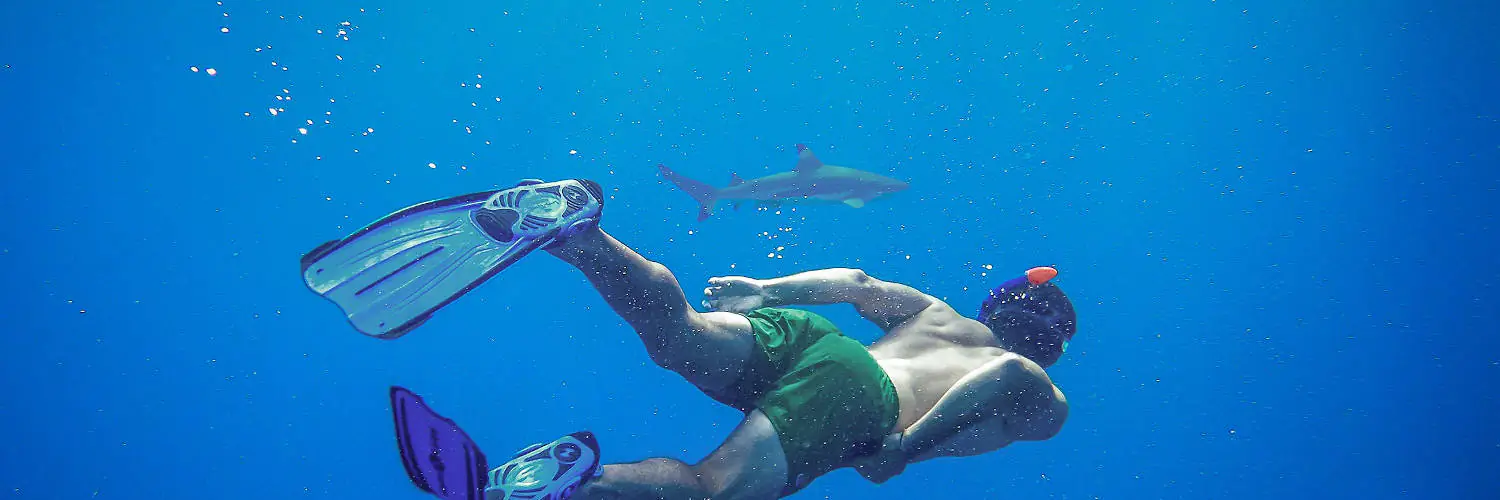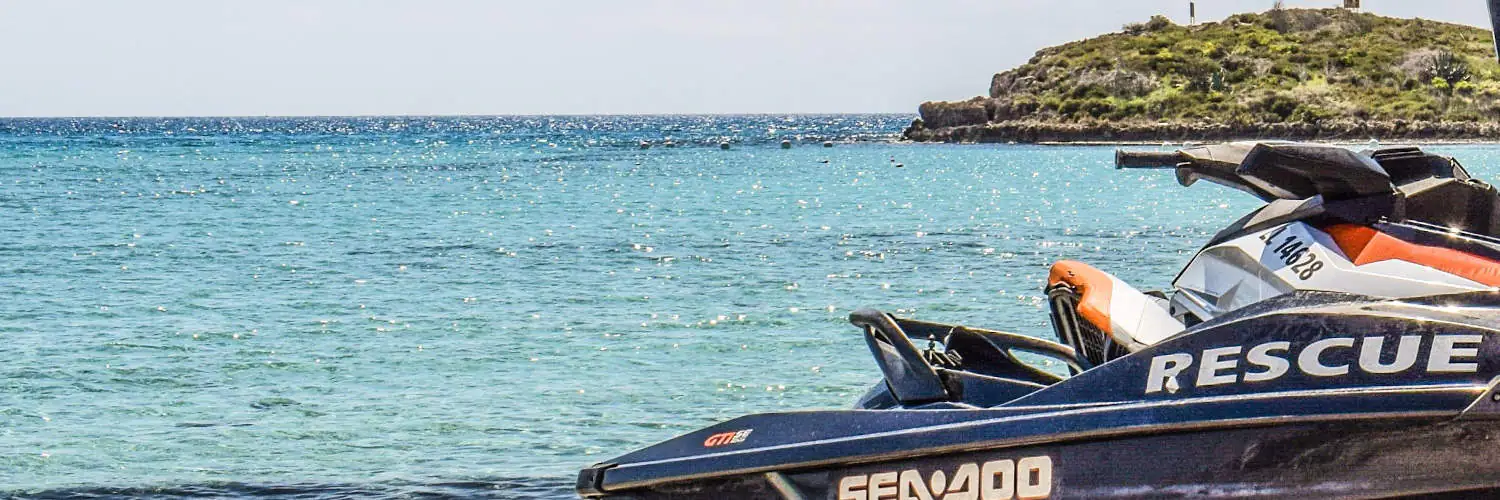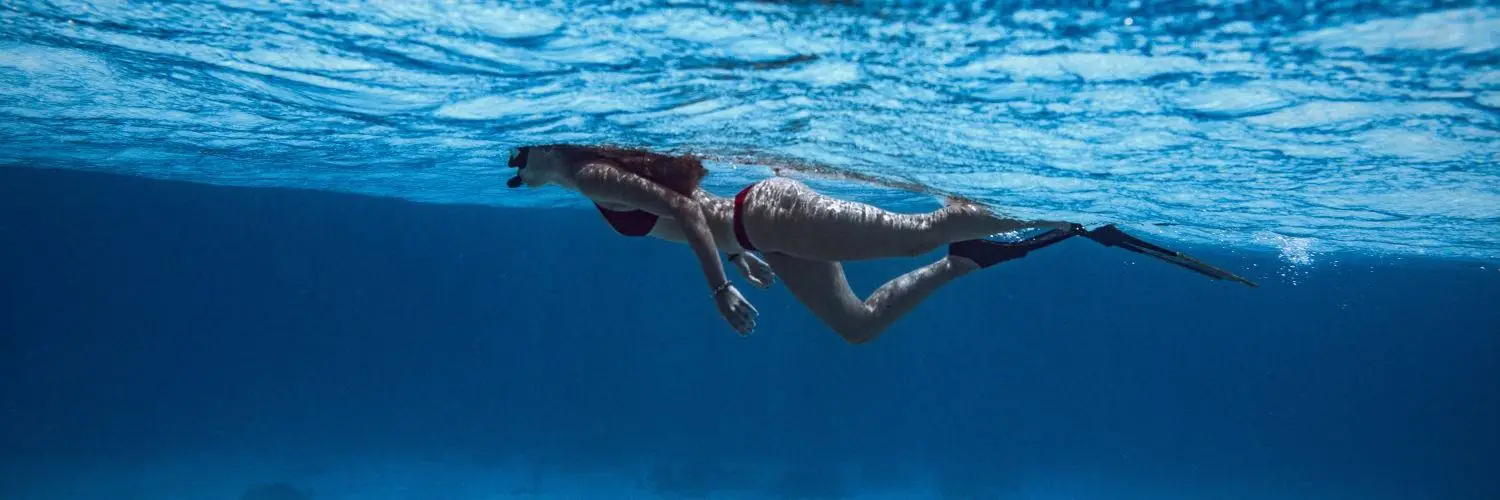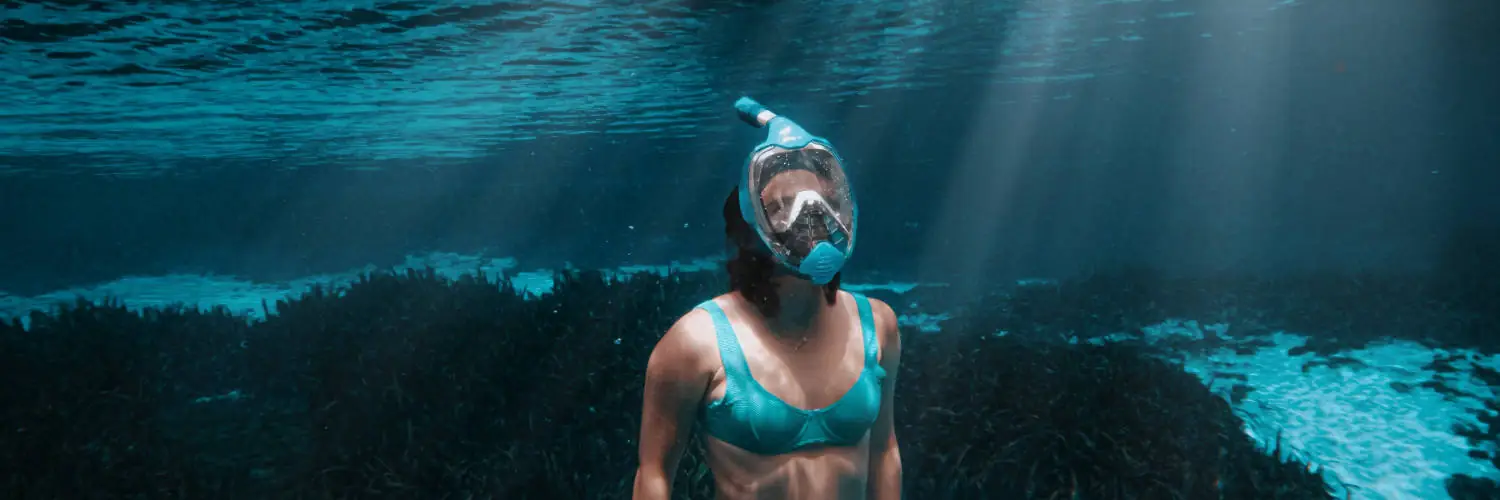Table of Contents
Snorkeling Signals: Essential Communication Techniques Underwater
Snorkeling is a captivating way to explore underwater worlds, offering a unique glimpse into the aquatic realm without the extensive equipment and training required for scuba diving. However, just like any other adventure sport, snorkeling requires a method of communication that is both effective and reliable, especially since the traditional means of verbal communication are nullified by the barrier of water. Hand signals provide a simple yet robust solution for snorkelers to convey messages, ensure safety, and enhance their shared experience.
Safety is of paramount importance when snorkeling, and hand signals are the critical components of a snorkeler’s safety toolkit. These non-verbal cues allow snorkelers to signal their wellbeing, coordinate movements, identify interesting marine sights, and alert their buddy to potential hazards. Since snorkeling often involves groups, these signals must be understood universally among participants, ensuring that instructions and alerts are clear and actionable.
Communication through hand signals in snorkeling is not only practical but also mandatory in certain situations. For example, the universally recognized ‘OK’ signal, where the thumb and index finger meet to form a loop while the remaining fingers are extended, serves as both an inquiry and an affirmative response confirming safety or understanding. Similarly, a flat hand waving side to side indicates a problem, prompting assistance. Familiarity with these gestures enables snorkelers to maintain a connection with their buddy or group and contributes to a safer and more enjoyable snorkeling experience.
Basic Snorkeling Hand Signals
Effective communication while snorkeling is paramount for safety and coordination. Hand signals serve as the primary method for divers to convey messages underwater. This section will explore the essential gestures used to signal common directives and alert others of emergencies.
Common Signals
- OK: Form a circle with the thumb and forefinger, and extend the other fingers, signaling everything is fine.
- Stop: Extend the palm outwards, signaling to halt movement or pause activity.
- Look: Point to the eyes with two fingers and then in the direction to look, signaling attention to a specific interest.
- Come Here: Wave towards oneself with a hand to request someone to approach.
- Slow Down: Extend one hand palm down and motion downward, indicating to decrease speed.
- Up/Ascend: Point upwards with the thumb, signaling a desire to move towards the surface.
- Down/Descend: Point downwards with the thumb, indicating to dive deeper or continue descending.
Emergency Signals
- Not OK: Wave a hand back and forth or place a hand flat on top of the head, indicating a problem.
- Out of Air: Slice a hand across the throat, signaling no remaining air supply.
- Low On Air: Place fingers partially extended, thumb to chest, signaling a low air situation.
- Problem: Tapping on the chest or the tank, then gesturing to the problem area, to indicate a specific issue.
- Help/Emergency: Wave both hands over the head to attract immediate assistance.
- Question: Shrugging the shoulders and holding the hands out, palms up, to signal uncertainty or ask a query.
Snorkeling participants are encouraged to review and practice these signals, ensuring that they can communicate effectively underwater and respond appropriately during emergencies.
Snorkeling Safety Protocols
Ensuring safety while snorkeling entails careful preparation, clear communication with a dive buddy, and meticulous attention to equipment. Adhering to structured protocols can significantly reduce the risk of accidents and enhance the snorkeling experience.
Dive Planning
Before entering the water, snorkelers should have a detailed dive plan in place. This plan should include the location, expected conditions, signals for communication, and the route of the snorkeling activity. It’s crucial to establish a safety stop at regular intervals, which allows individuals to check on their air supply and reorient themselves with their surroundings.
Buddy System
The buddy system is a fundamental safety protocol in snorkeling. Snorkelers should always pair up with a dive buddy to ensure mutual supervision. They need to stay within a close distance to monitor each other’s safety and provide assistance if needed, including handling situations like cramps or equipment issues. A pre-dive check with their buddy is essential to ensure both are ready and understand emergency decompression procedures.
Equipment Check
A thorough equipment check before the dive can prevent malfunctions that may lead to dangerous situations. Snorkelers should inspect their mask, fins, snorkel, and any additional gear such as snorkel vests or communication devices. The regulator, though typically associated with scuba diving, in snorkeling check might refer to confirming that the snorkel tube is clear of obstructions and functioning correctly. Ensuring the air supply isn’t relevant for snorkeling as snorkelers breathe ambient air, but checking that the mask and snorkel fit well and work properly is crucial for maintaining a clear airway.
Interacting with Marine Life
When snorkeling, understanding how to communicate about marine life adequately and respectfully is essential. Snorkelers can enjoy close encounters with sea creatures without causing them harm or distress by using established hand signals.
Respectful Observation
Marine Life: Snorkelers should observe marine life without touching or disturbing them, especially sensitive species such as turtles and corals. It’s critical to maintain a safe distance, avoiding any actions that might stress or harm the animals.
- Sharks and Rays: For larger animals like sharks or rays, use flat hands to signal their presence and urge caution and respect.
- Seal and Dolphin: When spotting playful species such as seals or dolphins, it’s important to avoid chasing or harassing them; simply enjoy the view and let them approach on their terms.
Identifying Marine Life
Utilizing the PADI fish identification system and marine life hand signals allows snorkelers to non-verbally share their findings with buddies.
- Turtle: Form hands into a shell shape above the head to indicate a turtle sighting.
- Shark: Place a hand on the forehead, mimicking a fin, to denote a shark.
- Ray: Extend a hand flat with a gentle undulating motion to mimic a ray’s movement.
- Dolphin: Arch a hand over the head, emulating the shape of a dolphin’s leap.
- Octopus, Crab, and Lobster: Use finger gestures that represent the animal’s main features; tentacles for an octopus, claw pinches for crabs, and antennae for lobsters.
- Nudibranch: Wiggle fingers above the palm to indicate these colorful sea slugs.
- Jellyfish: Hold a hand downward and gently pulse the fingers to represent a jellyfish’s swim.
- Scorpionfish: A fist with the thumb and pinky extended can be used to mimic the shape of the intimidating scorpionfish.
- Barracuda: Hold one arm out straight with the other hand’s index and middle finger pointing along the arm, indicating the barracuda’s sleek form.
Advanced Snorkeling Communication
Effective communication while snorkeling ensures safety and coordination between snorkelers. Advanced methods go beyond basic signals, incorporating nuanced gestures for various scenarios and environments.
Surface Communication
On the surface, snorkelers rely on verbal communication and visual signs to convey messages. Verbal communication has limitations due to distance and surrounding noise, so visual cues are essential. Snorkelers must be attuned to their environment and prepared to use clear, visible hand signals.
- Alerting Others: Arm waves and hand signals are vital to grab attention.
- Directing Movement: Pointing or using arm directional signals helps guide the group.
Underwater Gestures
Underwater, where verbal communication isn’t possible, snorkelers use a repertoire of scuba diving hand signals to communicate. Mastery of these signals is crucial for conveying complex messages.
-
Common Hand Signals:
- OK Signal: Forming a circle with the thumb and forefinger, while other fingers remain upright.
- Attention: A flat hand waving or tapping on equipment to get the attention of another snorkeler.
- Directional Indicators: Pointing or using the whole hand to direct attention or movement.
-
Behavioral Instructions:
- Ascend: A thumbs-up signal indicates it’s time to surface.
- Descend: A thumbs-down signal suggests moving to a lower depth.
Understanding and using these signals is essential for safety and enjoyment while snorkeling. Snorkelers should practice and become proficient in these advanced communication techniques before engaging in deeper or more challenging snorkeling activities.
Navigational Techniques in Snorkeling
Effective navigation is essential in snorkeling to ensure both safety and enjoyment. This section discusses specific gestures and techniques used to communicate direction and manage depth underwater.
Directional Gestures
Snorkelers use a variety of hand signals to indicate direction and make decisions about their path underwater:
- Go in this direction: To indicate a direction to follow, a snorkeler extends one arm pointing where they intend to go.
- Watch/Look: When a snorkeler wants their buddy to observe something, they point to their eyes then to the point of interest.
- Stop/Hold: To signal a stop, a snorkeler will hold up their hand with the palm facing their buddy.
- End the dive: To suggest returning to the surface, they place their hand flat on top of their head or give a thumbs-up signal.
Depth Management
Maintaining the correct depth is crucial for both safety and environmental protection:
- Level off: To communicate that they should level off at the current depth, a snorkeler will extend one hand out flat, parallel to the water surface.
- Descend: By pointing downward with one finger, a snorkeler indicates a desire to go deeper.
- Ascend: Pointing upwards with a flat hand, snorkelers suggest ascending toward the surface.
Navigational techniques in snorkeling, including these gestures, help ensure a smooth and coordinated underwater experience.








